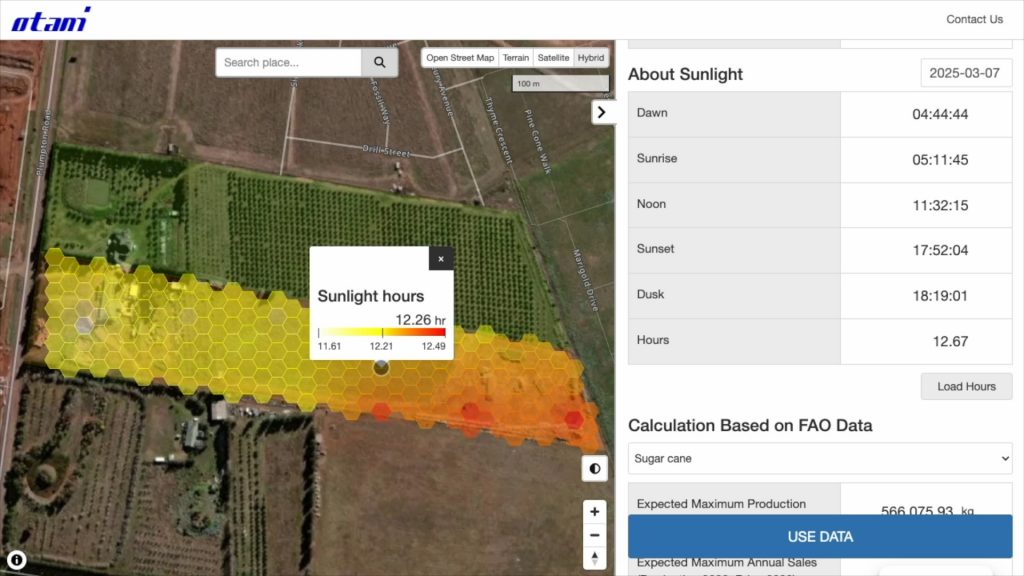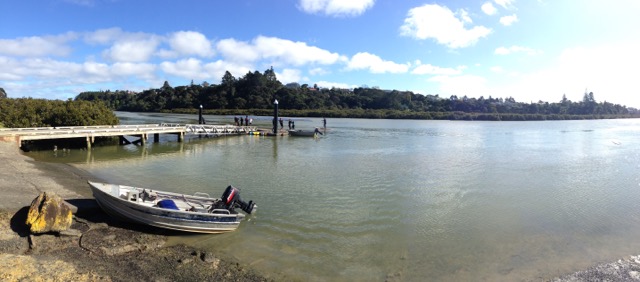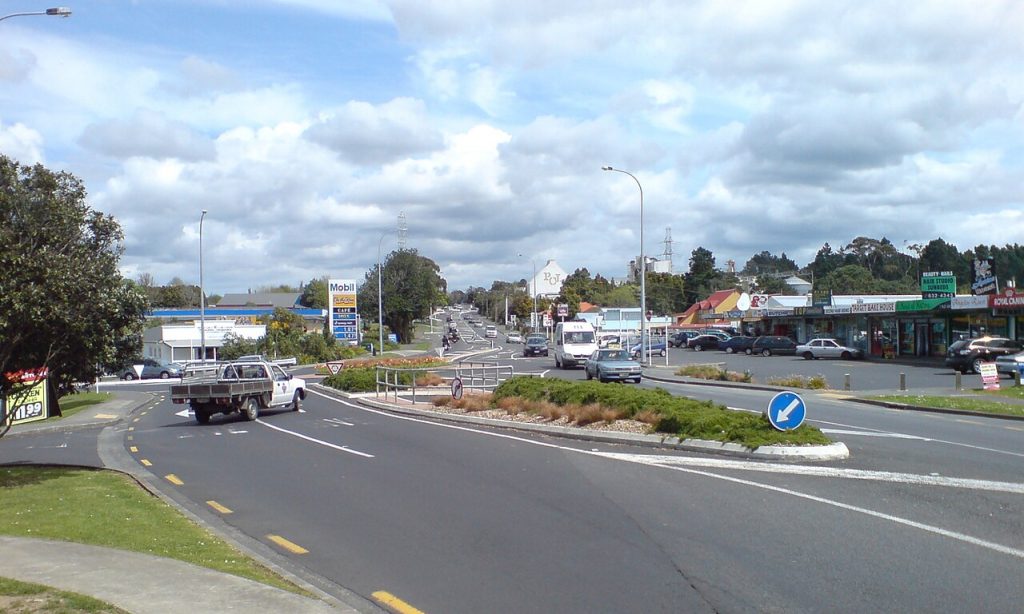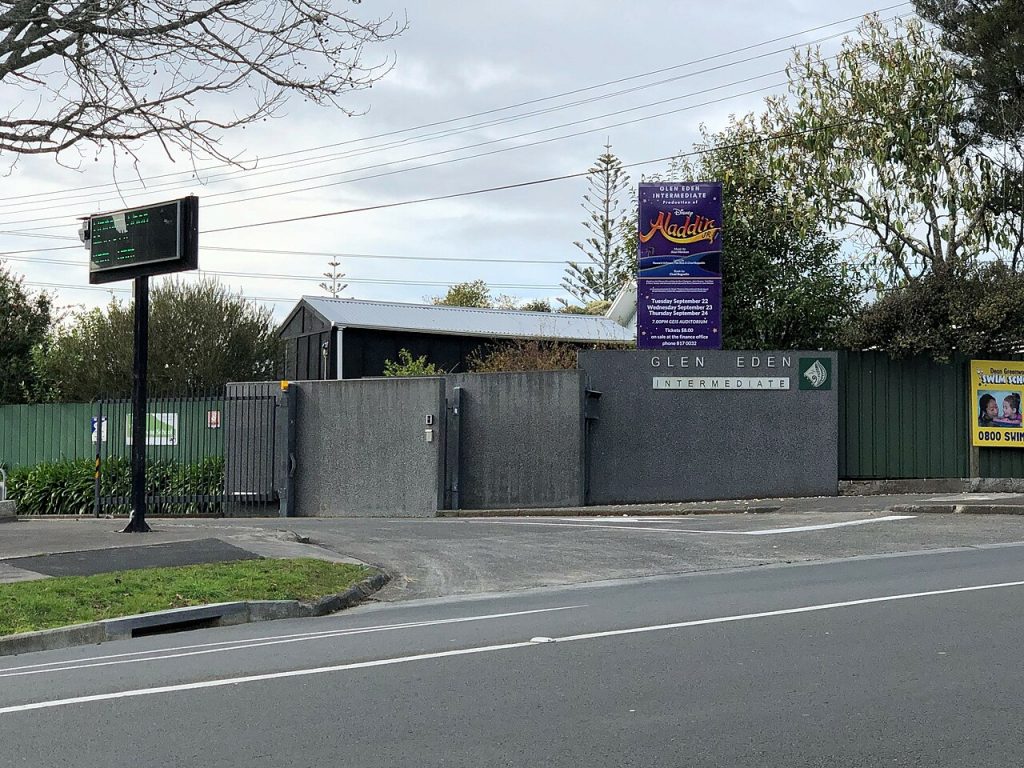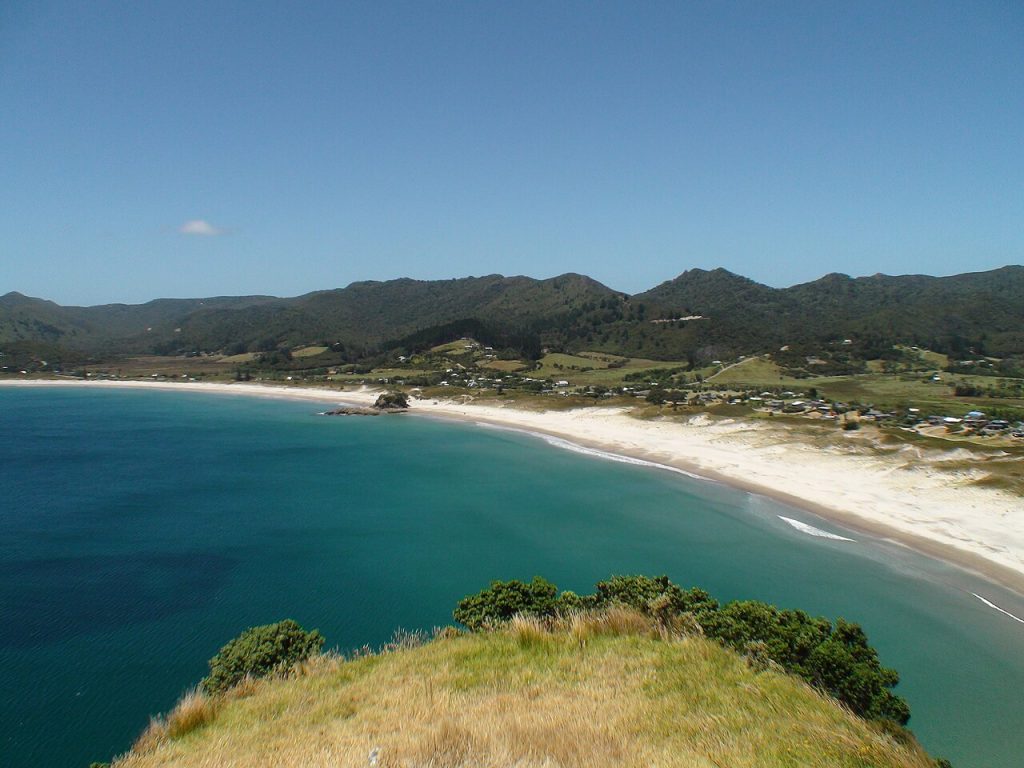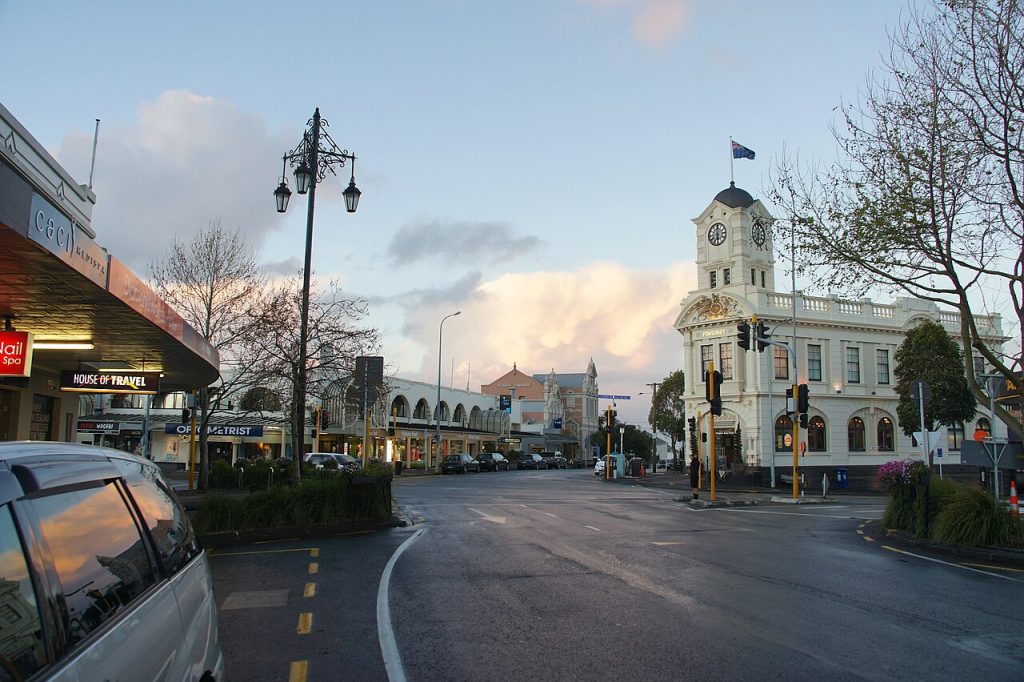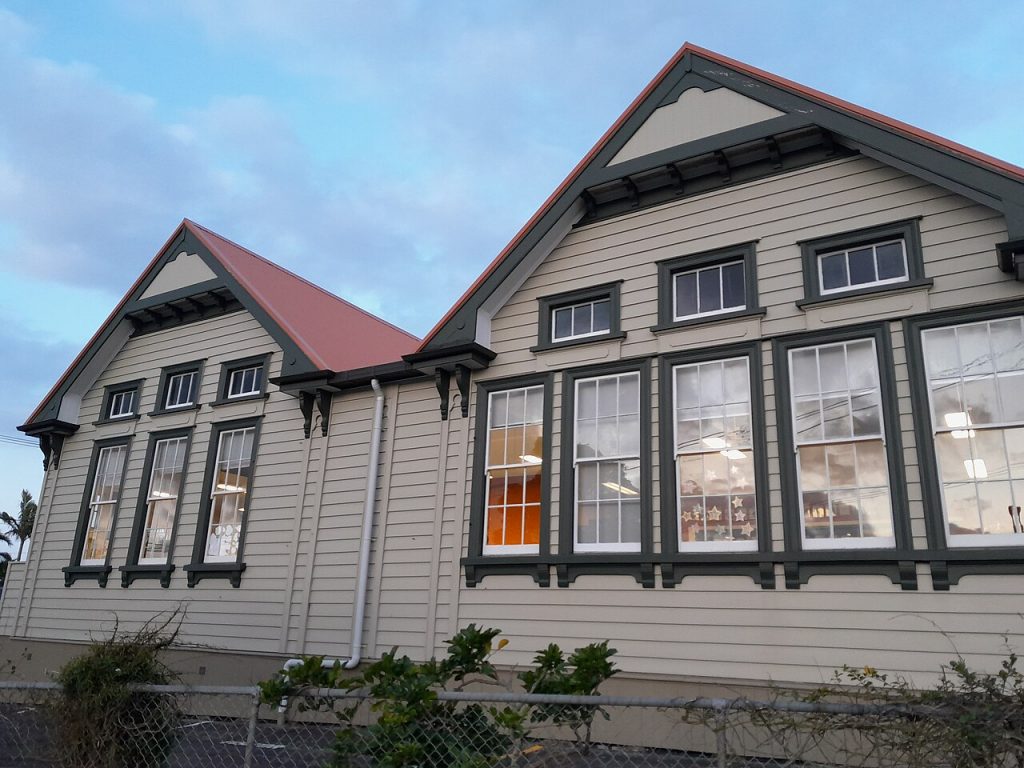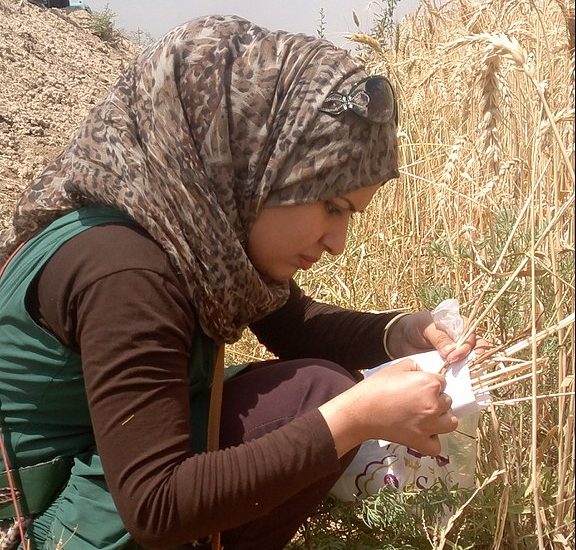Visión general de la podredumbre radicular del trigo
La podredumbre de la raíz del trigo está causada principalmente por hongos transmitidos por el suelo, como Fusarium, Rhizoctonia, Bipolaris y Pythium. Estos hongos infectan las raíces del trigo, provocando en la planta deficiencias de nutrientes, retraso en el crecimiento y una menor resistencia a otros factores de estrés. Como resultado, las plantas de trigo se vuelven más vulnerables a otras enfermedades y al estrés ambiental, lo que puede provocar importantes pérdidas de rendimiento.
Aunque la enfermedad no se transmite a través de las semillas ni del aire, sus efectos pueden ser devastadores en los campos donde se dan las condiciones ideales para el crecimiento del hongo, como los suelos mal drenados y las regiones con alta pluviosidad. Dependiendo de la gravedad de la infección, los daños causados por la podredumbre de la raíz pueden ir desde ligeras reducciones del rendimiento hasta el fracaso total de la cosecha.
Regiones clave afectadas por la podredumbre de la raíz del trigo
China
China es uno de los países más gravemente afectados por la podredumbre de la raíz del trigo, especialmente en las regiones productoras de trigo de la llanura del norte de China. La zona experimenta una elevada humedad y un exceso de precipitaciones durante la temporada de crecimiento, lo que crea las condiciones ideales para que prosperen los patógenos de la podredumbre de la raíz. La alta frecuencia de monocultivo de trigo en estas regiones también agrava el problema, ya que la siembra continua de trigo en los mismos campos puede aumentar la carga de patógenos en el suelo. Los agricultores chinos experimentan importantes pérdidas de rendimiento debido a la podredumbre de la raíz, y algunos informes indican una reducción de hasta el 40% en campos muy infectados.
India
En la India, especialmente en las regiones productoras de trigo septentrionales y centrales, la podredumbre de la raíz del trigo es un problema importante. La combinación de un drenaje deficiente del suelo, precipitaciones elevadas y prácticas intensas de cultivo del trigo crea condiciones favorables para los hongos patógenos. La enfermedad se ha identificado como uno de los factores clave que contribuyen a la disminución del rendimiento del trigo en la región. Los campos infectados presentan amarilleamiento y marchitamiento de las plantas, lo que provoca un crecimiento deficiente y una reducción tanto cuantitativa como cualitativa de la cosecha. Aunque las pérdidas de rendimiento no son tan elevadas como en China, la podredumbre de la raíz del trigo sigue contribuyendo a importantes pérdidas económicas en la India.
Europa
Varios países europeos, entre ellos el Reino Unido, Francia y Alemania, han notificado problemas con la podredumbre de la raíz del trigo, especialmente en regiones con precipitaciones abundantes. En el Reino Unido, por ejemplo, los agricultores se han enfrentado a problemas de podredumbre de la raíz en zonas como East Anglia, donde es frecuente el encharcamiento. Del mismo modo, en Francia, la podredumbre de la raíz del trigo ha sido cada vez más problemática en regiones con un mal drenaje del suelo. Aunque el impacto en Europa no es tan grave como en Asia, la podredumbre de la raíz sigue provocando notables pérdidas de rendimiento, sobre todo en las regiones más húmedas. El impacto económico es significativo, ya que la enfermedad debilita las plantas de trigo y aumenta los costes de la gestión de la enfermedad y la protección de los cultivos.
Estados Unidos
En Estados Unidos, la podredumbre de la raíz del trigo se ha identificado como un problema grave en el noroeste del Pacífico, especialmente en regiones como Washington, Oregón e Idaho. El clima húmedo y lluvioso durante la temporada de crecimiento, combinado con el uso de ciertas prácticas agrícolas, crea las condiciones ideales para la proliferación de patógenos de la pudrición de la raíz. En estas regiones, la podredumbre de la raíz del trigo ha provocado importantes pérdidas de rendimiento, especialmente en los campos propensos al encharcamiento. Los agricultores han informado de reducciones del rendimiento de hasta el 30% en campos gravemente infectados, lo que supone un importante revés económico para los productores de trigo de estas zonas.
Australia
Australia, especialmente en las regiones productoras de trigo meridionales y orientales, también se enfrenta a la podredumbre de la raíz del trigo. Las elevadas precipitaciones y las condiciones frescas de estas regiones contribuyen a la propagación de los patógenos de la podredumbre de la raíz, convirtiéndola en un problema recurrente para los productores de trigo australianos. En algunas zonas, como Victoria y Nueva Gales del Sur, la podredumbre de la raíz se ha relacionado con malas prácticas de gestión del suelo, como el riego excesivo y el drenaje insuficiente. La enfermedad no sólo afecta al rendimiento, sino también a la calidad del trigo, y los cultivos infectados son más susceptibles a otras enfermedades y plagas. Aunque en Australia la podredumbre de la raíz del trigo no siempre causa graves pérdidas de cosechas, la enfermedad sigue siendo un importante motivo de preocupación para los agricultores de las regiones afectadas.
Impacto en el rendimiento de los cultivos
La podredumbre de la raíz del trigo reduce el rendimiento de los cultivos al dañar las raíces, lo que merma la capacidad de la planta para absorber agua y nutrientes. El resultado es un crecimiento deficiente, el marchitamiento y el amarilleamiento de las hojas. En los campos muy infectados, la enfermedad puede causar una reducción del rendimiento de hasta el 50%, aunque las infecciones más moderadas pueden dar lugar a una reducción del rendimiento del 10-30%. La podredumbre de la raíz también afecta a la calidad del trigo, ya que las plantas infectadas tienden a producir granos más pequeños y ligeros, menos deseables para la molienda y el consumo. La pérdida tanto cuantitativa como cualitativa de las cosechas de trigo ocasiona pérdidas económicas a los agricultores y contribuye a elevar los precios de los alimentos en las regiones afectadas.
Implicaciones económicas para la producción de trigo
Impacto microeconómico
A nivel microeconómico, el impacto directo de la podredumbre de la raíz del trigo sobre los agricultores puede ser significativo. La reducción del rendimiento de los cultivos se traduce en menores ingresos para los agricultores, lo que les dificulta cubrir los costes de producción. En las regiones donde el trigo es el cultivo principal, esto puede tener un profundo efecto en las economías locales, ya que las familias y las comunidades agrícolas dependen de la producción de trigo para su subsistencia. En algunos casos, los agricultores pueden verse obligados a abandonar el cultivo de trigo o a reducir la superficie sembrada, lo que puede acarrearles dificultades económicas a largo plazo.
Además de la reducción de ingresos, los agricultores también deben asumir el coste de la gestión de la enfermedad. Esto incluye gastos en fungicidas, enmiendas del suelo para mejorar el drenaje y costes de mano de obra para la vigilancia y prevención de la enfermedad. Estos costes reducen aún más la rentabilidad del cultivo del trigo y contribuyen a la presión financiera sobre los agricultores.
Impacto macroeconómico
A nivel macroeconómico, la podredumbre radicular del trigo puede tener consecuencias económicas más amplias. El trigo es un cultivo básico en muchos países, y las interrupciones en su producción pueden provocar escasez de suministros y subidas de precios. Los países que dependen del trigo como fuente primaria de alimentos pueden experimentar una inflación de los precios de los alimentos, lo que puede tener consecuencias sociales y políticas, sobre todo en regiones donde la seguridad alimentaria ya es motivo de preocupación. Además, las naciones que son grandes exportadoras de trigo pueden tener dificultades para mantener sus niveles de exportación, lo que podría repercutir negativamente en su balanza comercial y en su estabilidad económica general.
La enfermedad también afecta a la cadena de suministro agrícola, desde los proveedores de semillas y fertilizantes hasta los distribuidores y procesadores. El aumento del coste de la gestión de la enfermedad puede dar lugar a una subida de los precios de los productos derivados del trigo, lo que, a su vez, repercute en el mercado de consumo. Por ejemplo, el precio del pan puede subir debido a la reducción de la oferta de trigo, lo que podría afectar a los presupuestos familiares, sobre todo en las regiones con rentas más bajas.
Conclusión
La podredumbre de la raíz del trigo es una importante enfermedad que afecta a la producción de trigo, especialmente en regiones con alta pluviosidad y escaso drenaje del suelo. Países como China, India y varias naciones europeas son especialmente vulnerables a esta enfermedad, que puede ocasionar importantes pérdidas de rendimiento y dificultades económicas a los agricultores. Las consecuencias económicas de la podredumbre de la raíz del trigo se dejan sentir tanto a nivel microeconómico como macroeconómico, ya que los agricultores se enfrentan a una reducción de sus ingresos y a un aumento de los costes, mientras que los países pueden experimentar una subida de los precios de los alimentos y trastornos en sus exportaciones agrícolas. Para mitigar las repercusiones económicas de la podredumbre de la raíz del trigo y garantizar la estabilidad de la producción de trigo en todo el mundo es esencial aplicar estrategias eficaces de gestión de la enfermedad, que incluyan la mejora del drenaje del suelo, el uso de fungicidas y la rotación de cultivos.
